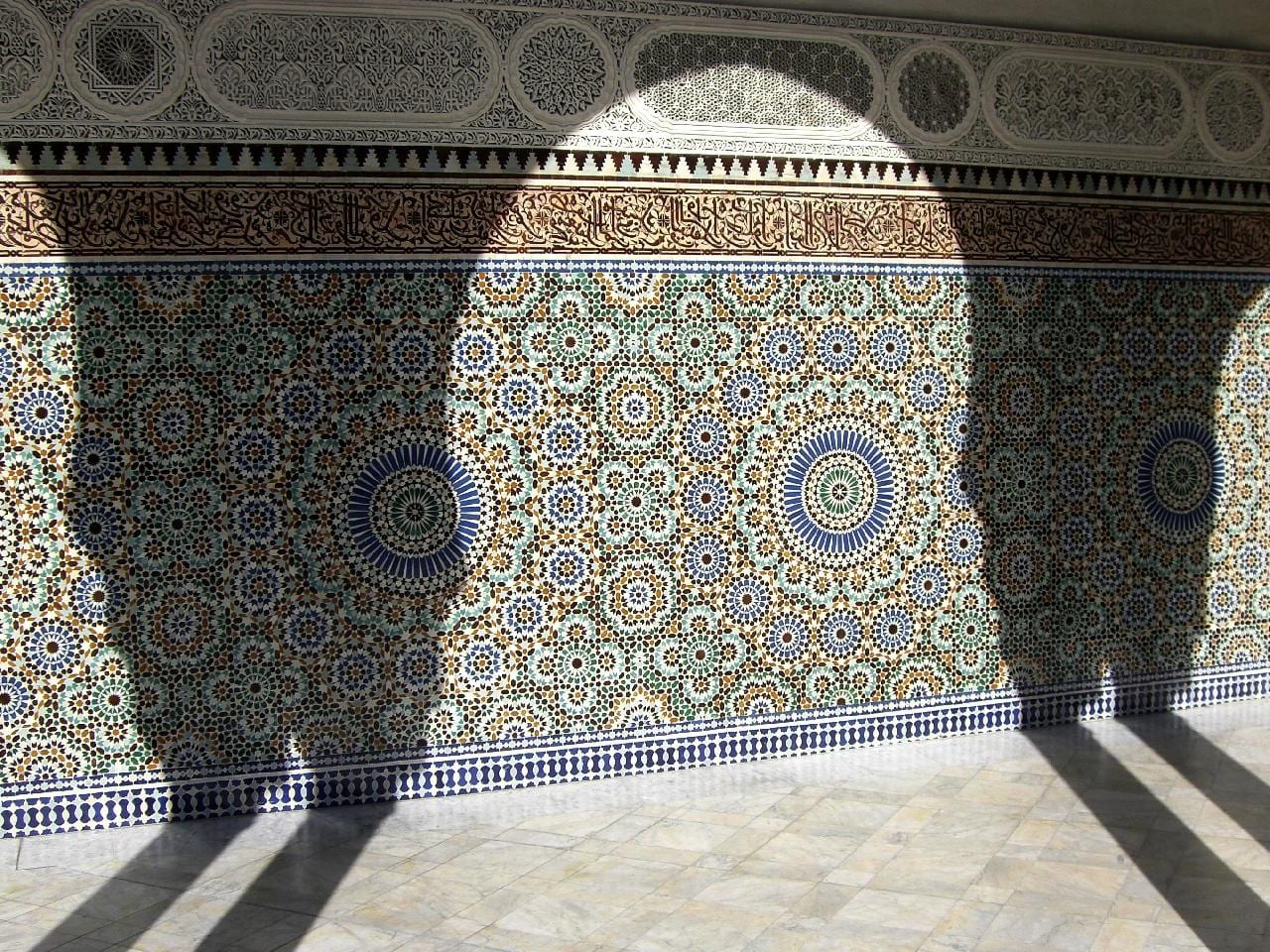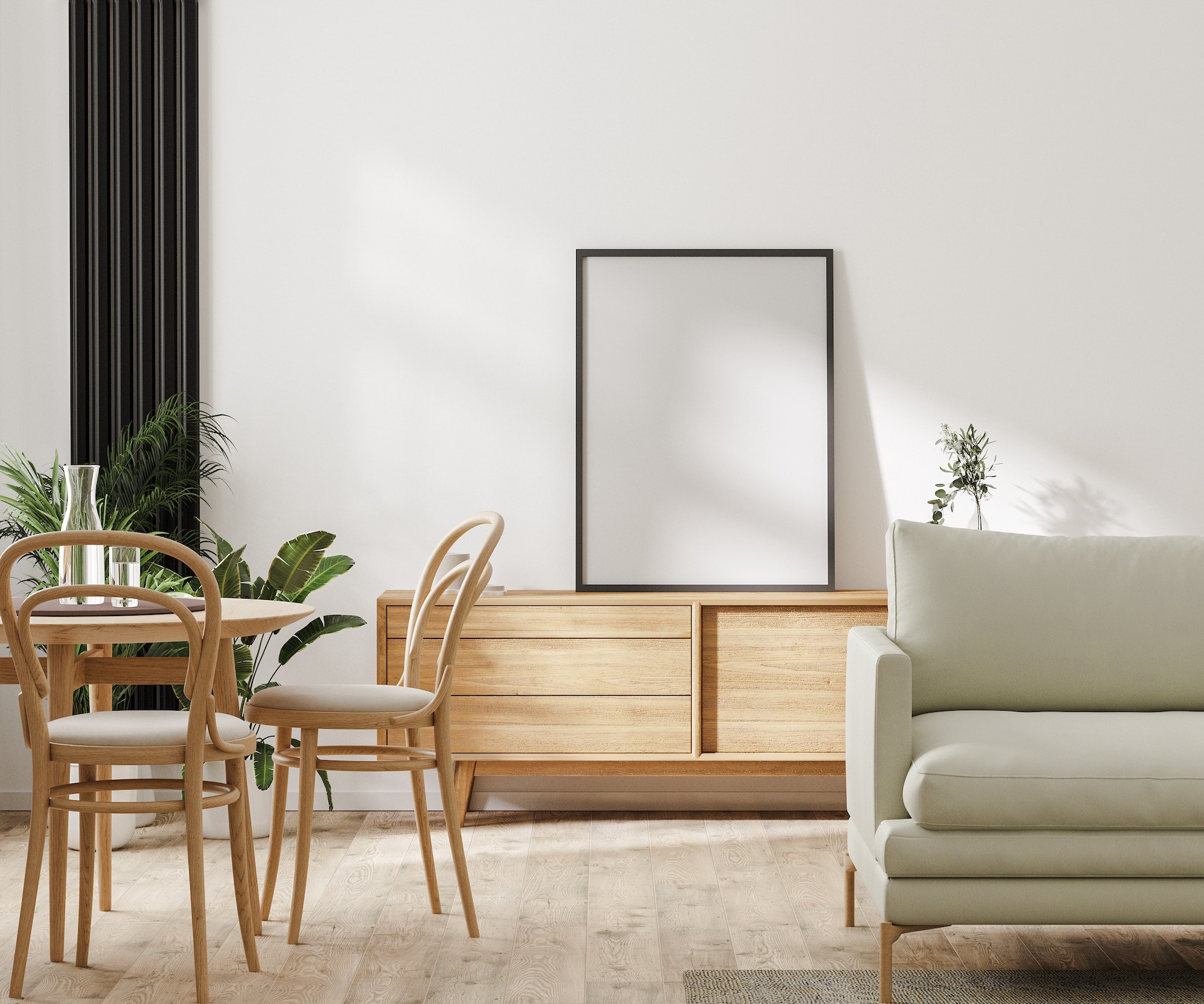“Less is more” or “less is a bore”; which side are you on? No matter where your bias lies between modernism and postmodernism, you have to admit the appeal of decorative art on structures’ surface never dies. Mosaic is the finest and most probably the oldest form of decorative art that is used in architecture. This art form creates patterns with tiny little pieces of tiles. The texture, shape, and image that you can create with mosaic art are endless. As the process of mosaic art requires time, precision, and flair of creativity, in classical architecture, only the religious or imperial structures used to have this decorative art form on their surface.
However, mosaic art is no longer a symbol of affluence; it is now a way of sharing a story within a space. A mere flat surface becomes your canvas; the image on that canvas can transcend time transport you to another world. Read on if you are intrigued to find how you can incorporate this timeless form of art into your office space.
What Makes Mosaic Unique From Other Materials?
To be accepted as a suitable building material, an element has to be functional and aesthetic, and mosaic checks both the requirements and all more. Mosaic art is authentic, timeless, and durable. Mosaics made by skillful artists at Mozaico, can provide you with a wide selection of materials, pattern, and customization service that is unique and hard to find in other materials. Here we have discussed the winning characteristics of mosaic as a material.
Versatility and Durability
One of the significant drawbacks of creating art is that most of the medium lacks permanence. If you use strong adhesive and be precise in your installation process, mosaic art can be extremely durable; especially the interior ones. You can see it in the stunning artworks in Greek and Roman relics, medieval churches, and how even after hundreds of years, the arts haven’t lost their shine.
A Unique Form of Art
Installing interior wall art is an effective way to make a space inviting. Depending on the type of your office, you can choose any mosaic patterns from a wide range of options- abstract patterns, birds and butterflies, geometric, nautical, pop art, ancient mythology, borders, animals or human figure, religious, signs, and logos, and other patterns.
Value and Beauty
People are instinctively drawn to art, and mosaic art is undoubtedly the best way to magnify the beauty of your interior. Besides, a unique mosaic art can increase the value of your property. If you plan to rent or sell your office space, the mosaic art on your interior wall might be enough to make it more attractive to buyers.
Timelessness
There is no other match for the timelessness of mosaic art. From the classic era to neo-modernism, mosaic art is equally adored among art and architecture enthusiasts’. Its comprehensive and versatile use only speaks volumes of its popularity.
Customizable Design
Customization is the key attraction of mosaic art to modern designers. From materials, the surface to the pattern, you can customize every aspect of mosaic art; as long as it stays durable.
How Did Mosaic Art Come Into Architecture?
Mosaics are as old as architecture itself. Although it was invented in Mesopotamia, mosaic art really flourished in the Roman era. Roman architecture is iconic for its classic proportion and splendor of ornamentation. But it was not until the Byzantine period that mosaics were thought to be used as something other than a decorative flooring material.
From Christianity to Islam, mosaic art then became a symbol of religious architecture, almost every grand religious structure portraying some type of mosaic art. However, the movement that paved the way for mosaic art to be a unique addition to contemporary architecture is the art nouveau movement. While the modernist movement wanted to cut back all ornamentation or excess from its dictionary, postmodernism embraced them with matching vigor.
Where Can You Install Mosaic In Your Office?
Mosaic installation is an effective way to bring life to a public space, especially a commercial or office space. For a very long time, mosaic art was limited to only for flooring. There was little scope of experiment with mosaic textures as people had to walk on them.
However, when churches and other religious structures started to use mosaic as wall art, artists gained more flexibility with mosaic art. Here are the different ways that you can incorporate mosaic art in your office interior.
Floor Inlay
With mosaic floor inlay, you can create a different pattern or make a tactile division of space without a partition or enclosure. Mosaic floor inlay can also work as a directive for people to orient themselves around the space.
Mosaic Wall Art
While painting or other art forms can be visually appealing, they are not as rich in texture as mosaic art. Mosaic art creates inquisitiveness or awe for both the art and artist, as it takes tremendous precision to install. For wall art, you can select glass, ceramic, or porcelain mosaic art. Beads, shells, pebbles, or stones are an excellent option for more texture.
Furniture and Sculpture
You can incorporate mosaic art in your office interior in the form of furniture or sculptures. A large scale sculptural furniture can render your space with personality. A tabletop mosaic pattern can render your office reception area unique and artistic. Adding pietra dura to your office furniture can transcend you to 16th century Italy where it was actually invented.
How to Install Mosaic?
The process of installing mosaic involves preparing a surface with adhesive material- glue, plaster, or concrete. The adhesive should be strong enough to hold the tiny pieces of mosaics for a long time. What makes it stand apart from traditional inlay is that mosaic pieces are glued on a surface rather than hollowing out the surface. The decorative colored pieces used in mosaics are called tesserae.
In ancient Mesopotamia, the artist used to create mosaics with shells, stones, and even ivory. Greeks and Romans used glass mosaics. The most exciting thing about mosaic is that you can create tesserae from almost any material- from pebbles, shells, stones to glass, marble, or ceramic tiles, you can create stunning pieces of artwork with any of them. To piece together a custom mosaic art, you can even get several different materials on the same mosaic surface.
The Bottom Line
Every space should have a story to tell, and there is no other medium that can dramatically change how we perceive a space other than mosaic art. Suppose you want to go beyond a mediocre office decoration with wall art and flooring that screams “corporate.” In that case, mosaic art will be an excellent option for you. A mural or a sculpture that resonates with your office visitors will be ten times more inviting than a bland interior. Besides, customization of mosaic art is relatively easy if you want your office space to stand apart from other generic interiors. So get your creative mode on and start planning a stunning interior for your office with mosaic art.
Discover more from Futurist Architecture
Subscribe to get the latest posts sent to your email.




